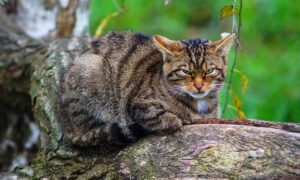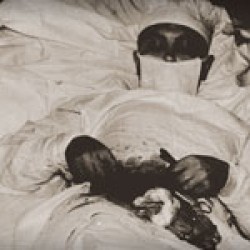
Three new species of the wafer trapdoor spider genus, Fufius, have been discovered in Brazil by scientists from the Instituto Butantan in Sao Paulo. Spiders belonging to the Fufius genus are widely distributed throughout Central and South America, from Guatemala to south eastern Brazil.
The new species discovered are F. minusculus, F. jalapensis, and F. candango and belong to the Cyrtaucheniidae spider family which are also known as wafer trapdoor spiders. Many make wafer-like doors to their burrows, while others build the cork-like doors found commonly in the true trapdoor spiders. Little is known about the biology of the enigmatic genus Fufius, but among the curiosities is that instead of burrows these spiders live in silken tubes in crevices, carefully prolongued with silk.
Trapdoor spiders are medium-sized mygalomorph spiders that construct burrows with a cork-like trapdoor made of soil, vegetation and silk. Some species do not build a burrow, but construct a silken tube with trapdoor in bark crevices.

The trapdoor is difficult to see when it is closed because the plant and soil materials effectively camouflage it. The trapdoor is hinged on one side with silk. The spiders, which are usually nocturnal, typically wait for prey while holding on to the underside of the door with the claws on their tarsi. Prey is captured when insects, other arthropods, or small vertebrates disturb the ‘trip’ lines the spider lays out around its trapdoor, alerting the spider to a meal within reach. The spider detects the prey by vibrations and, when it comes close enough, leaps out of its burrow to make the capture.













